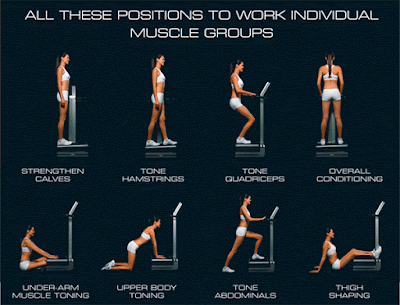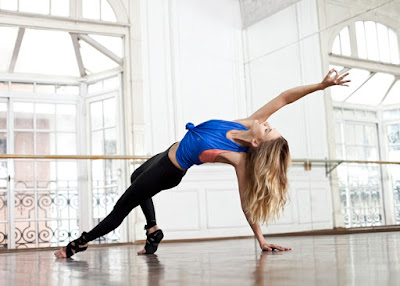The only Exercise and Nutritional Program You Need
Visit the
exercise/
nutritional section of any bookstore or fitness related portal on the web and there will be a multitude of manuals, books, e-books, magazines, e-zines, video and audio items on the topic.
Selecting a fitness system
Some programs are designed by experts and supported with scientific findings. Others are created by individuals with deep pockets who have organized their data through experiences. With all the claims floating around, some creditable and others deserving further debate, deciding which exercise/nutritional system to follow becomes confusing to many trainees.
In addition to confusion, programs can become expensive. It is easy to spend hundreds of dollars on exercise/nutritional solutions that fail or lose appeal when newer products are marketed.
That is not to say that no system works. Some can produce magnificent results. But which one is best? Does one exist for everyone? The answer is a resounding yes! There is an exercise/nutritional system that works for every trainee who tries it.
Understanding fitness processes
To uncover this ultimate exercise/nutritional experience, trainees should become familiar with the Principle of Individual Differences. While any exercise/nutritional stimulus can produce similar adaptations for trainees, the rate and magnitude of change differs according to genetic predisposition. In other words, individuals working within the same system will achieve different results based upon their genetic blueprints.
Realizing individual differences exist in response to an exercise/nutritional stimulus should not be discouraging. There are numerous physical and physiological benefits for most anyone who exercises regularly and eats sensibly. However, genetic differences are a reality and the average trainee must realize that he or she may never become an elite athlete,
bodybuilder, fitness competitor or brain surgeon regardless of the system followed.
Get SMART
Therefore, when searching for the ultimate exercise/nutritional solution it pays to be
SMART. The acronym, applicable to goal setting, generally means Specific, Measurable, Achievable, Realistic, and Time sensitive. Readers interested in acquiring a hot New Year's physique applying SMART principles should read New Years Resolution Time. SMART can also be applied to exercise/nutritional solutions.
Specific refers to pinpointing one's goals. The trainee should ask whether a program is specific to his or her short and long term objectives. Just because a fitness superstar endorses a particular exercise/nutritional system does not mean that system is best suited to everyone's defined goals.
Next, does the system offer benefits that are
Measurable in terms of change throughout progress cycles? The inability to measure or note change discourages some individuals from continuing onward before positive results occur.
Is the promised benefit from the exercise/nutritional system
Achievable? For example, a trainee becomes sold on the idea of purchasing an expensive in-home training system using a high interest credit near its spending limit while the mortgage is three months late because his favorite millionaire athlete/actor endorses the product.
Can he or she really afford to buy the machine when the possibility of debt collection calls and foreclosure lurks so near? Maybe, if that individual thrives on extreme risk-taking, but a purchase under such conditions might be unachievable for most people.
Moreover, many exercise/nutritional systems simply are not
Realistic for everybody. Take fad diets for example. Even though some fad-diet programs stretch logic, many people religiously adhere to such programs year after year.
Weight loss is a process that is best achievable in small increments through sensible meal planning. Loose weight too quickly and there might be a bigger price to pay in terms of nutrient deficiencies, nutrient imbalances, illness and disease, loss of lean body tissue and more weight gain! Although some fad
diet programs offer bites of credibility, many are unsafe and others are downright dangerous.
Finally, trainees should have
Time objectives in mind when considering one exercise/nutritional system over another. Results should be obtainable within a reasonable time-frame. Any system without a basic time objective causes some trainees to develop beliefs that nothing works and eventually they quit fitness programs altogether.
The best fitness system
Then what is the exercise/nutritional system that works for every trainee who tries it? Well, the system that works for everyone is the one that gets results, meets goals over a reasonable time period, motivates, inspires, excites (at least somewhat), fits into lifestyles, increases confidence, improves health, is safe, realistic, adhered to and is most often backed by scientific data.
Thus, trainees stressing over which exercise/nutritional system to choose should remember there is no one size fits all system that works exactly the same for everyone all the time, but through education and some research, trainees can find a balanced system that works best for their unique body.
Always consult with your medical professional before starting an exercise/
nutritional program.


























